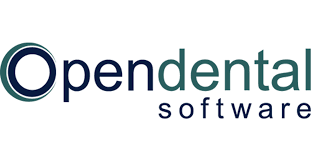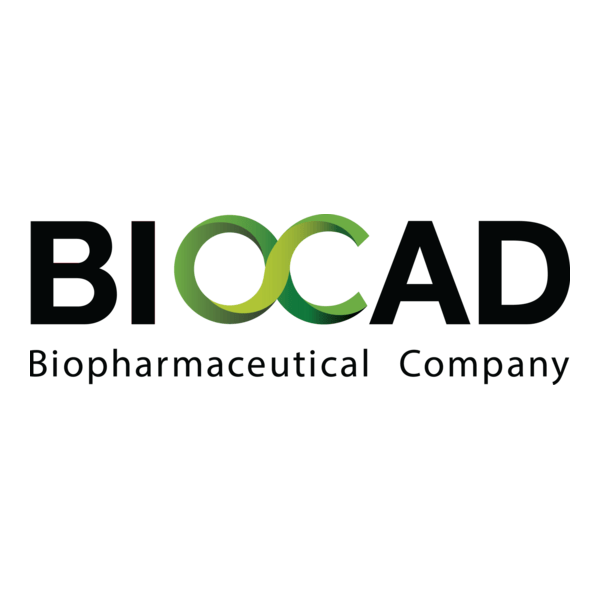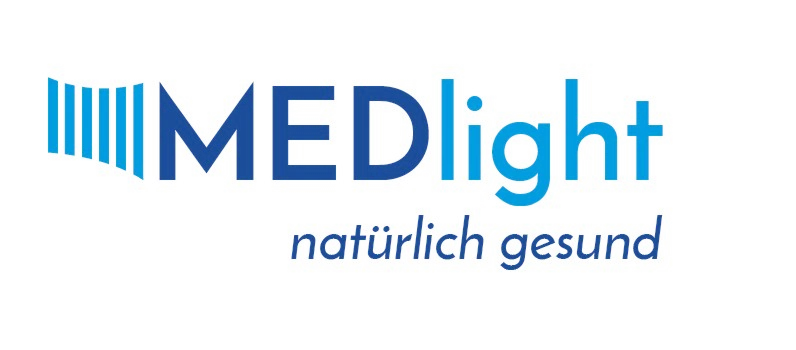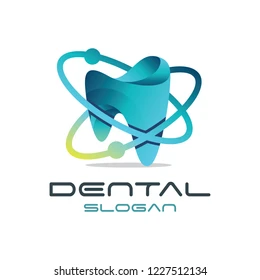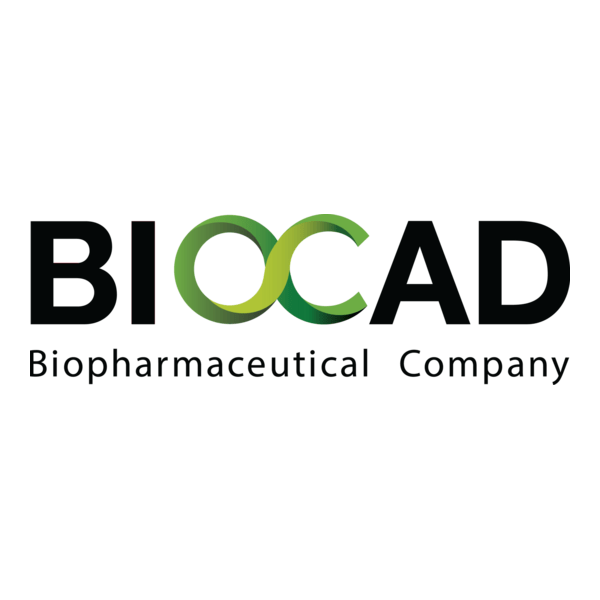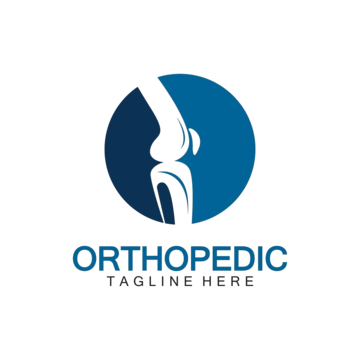Open Dental Anatomy
Context
Open Dental Anatomy is not a planning system or a CAD tool; it is closer to a digital atlas — an interactive way to explore the structure of teeth, jaws, and related tissues in three dimensions. The project grew out of academic initiatives and is maintained in an open-source format, which makes it particularly attractive for universities and teaching hospitals. Instead of focusing on prosthetics or surgical workflows, it delivers clarity: showing how anatomical elements fit together.
For IT administrators in dental schools, the value is straightforward — the tool is free, lightweight, and can be installed across lab computers without licensing headaches. It also adapts well to blended learning environments, where screenshots or 3D captures can be reused in online lectures.
Technical Profile (Table)
| Area | Details |
| Platforms | Windows, macOS, Linux |
| Core stack | OpenGL/VTK rendering, open anatomical datasets |
| Content | 3D models of teeth, mandible, maxilla, soft tissue approximations |
| Inputs | Bundled libraries; optional OBJ/STL/PLY anatomy meshes |
| Outputs | Screen visualization, annotated images |
| Networking | Runs offline or in local labs; optional use on shared servers |
| Security | No patient data; governed by OS-level controls |
| Licensing | Open-source (GPL/LGPL modules) |
| Maintenance | Low effort; maintained by academic contributors |
| Users | Dental students, educators, IT staff in training facilities |
Scenarios (Dental Use)
– Academic labs deploy the software so students can rotate and dissect virtual jaws during anatomy classes.
– Remote teaching uses captured sessions to enrich e-learning modules, giving students visual context without physical specimens.
– Faculty demonstrations rely on the 3D models when explaining occlusion or tooth positioning during case discussions.
Workflow (Admin View)
1. Install package from the project’s public repository.
2. Check graphics drivers to ensure smooth OpenGL rendering.
3. Roll out shared libraries of models to all lab machines for consistent access.
4. Integrate with LMS by linking recordings or embedding annotated screenshots.
5. Update occasionally when new anatomy datasets or patches are released.
Strengths / Weak Points
**Strengths**
– Zero licensing cost, easy to replicate across labs.
– Clear educational focus, aligned with anatomy curricula.
– Simple to run on standard desktops; no advanced hardware required.
– Open format, so institutions can add or adapt models.
**Weak Points**
– Not designed for clinical decisions or prosthetic planning.
– Feature set is narrower than commercial anatomy platforms.
– Update cycle depends on academic contributors, so support is uneven.
– Visualization only — no measurement or CAD output.
Why It Matters
Open Dental Anatomy fills a gap between textbooks and high-cost teaching suites. It gives students an affordable, interactive way to learn spatial relationships within the oral cavity. For administrators, it is an uncomplicated deployment: install once, distribute models, and keep the lab consistent. While not a replacement for commercial anatomy packages, its role as an accessible teaching aid makes it an effective building block for modern dental education infrastructure.

